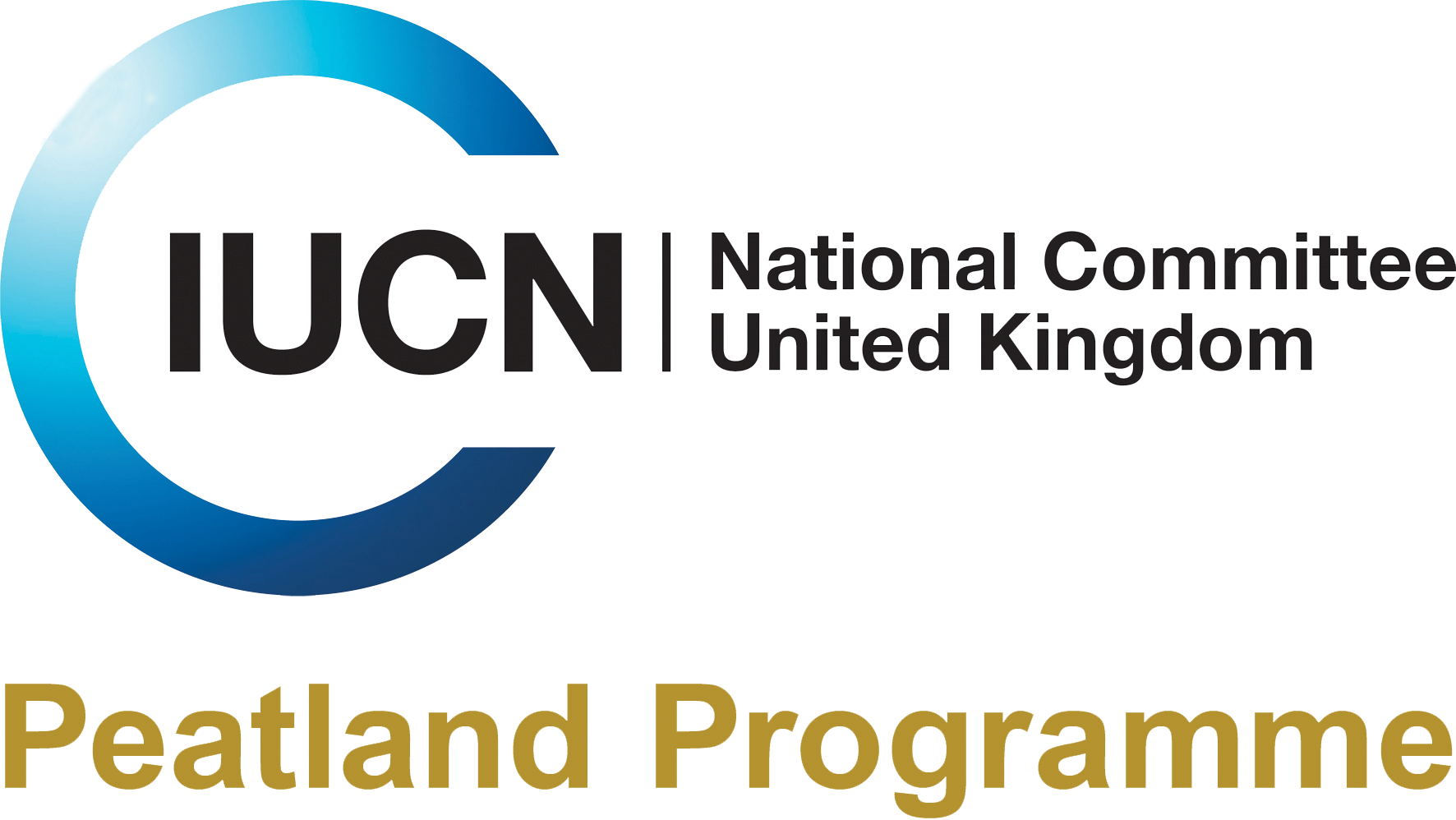Search
Search
Resources
Experts joins forces to stop bogs going down the drain
Scientists, land managers and industry officials are set to join forces in Edinburgh today (3 November) as a Commission of Inquiry investigates the steps needed to repair our important peatbogs…
Bog Day resources
New resource available: Explaining the impact of peatland drainage
A new video explaining the impacts of draining peatland on carbon emissions, hydrology and peat structure is now available.
Natural Resources Wales announces new funding for peatland restoration
A new restoration fund, managed by Natural Resources Wales (NRW), was launched this week in an effort to help safeguard valuable peatlands.
New Year Honours for peatland specialist
Natural Resources Wales’ senior peatland specialist, Dr Peter Jones, has been awarded an MBE for services to Welsh peatlands and to the community in Wales.
Bog Day
Defra Commissioned Peatland Evidence Review
Specially commissioned film celebrates 'The most important plant in the world'
The IUCN UK Peatland Programme has commissioned the first in a series of short films, celebrating the importance of peatlands and work to restore and protect them.
Expression of Interest Opens for Defra-Commissioned Peatland Evidence Review
The IUCN UK Peatland Programme (IUCN UK PP) is pleased to launch the Expression of Interest (EOI) process for a major Defra-commissioned project: Strengthening the Evidence Base for Peatland…
My inspiration
Tony, environmentalist and author, gets inspiration from being outside. His dogs do too. Growing up with a passion for the natural world, progressing to ornithology, a deep and growing conviction…
